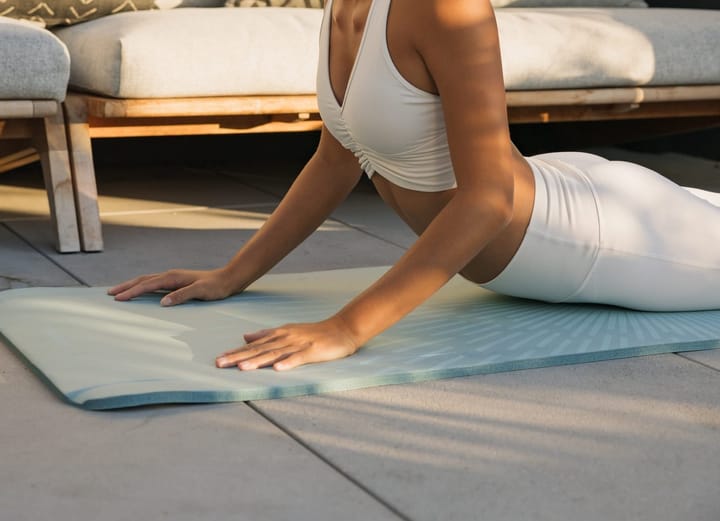Adidas Boost Review: The Energy You Need

The Energy Boost running shoe looks like it’s been made out of polystyrene, but it provides the highest energy return I’ve ever felt.
www.adidas.com $150 / INR 11,999Running is authentic, light hearted. A pair of shorts, shoes, an iPod and your freedom to go anywhere, whenever, for as long as you want. This is why the minimalism movement is so successful: you get more for less. More sensation, more speed, fewer injuries, lighter weight.
This is also why I was worried about the Boost. The promise of the energy given by my foot hitting the ground being stored and returned to me every stride, instead of being lost and dissipated as always, was strongly appealing. But what’s with the name? “Boost”? It sounded like “beast”, a well-known heavy pronation control shoe from Brooks. And with its 278g and more than 10 mm of drop from heel to toe I felt the Boost was another old-school shoe I wouldn’t want to wear anymore.
Adidas India gave me two pairs, a US 8 and a US 9. They said they didn’t get intermediate sizes from their mothership in Germany, which is definitely a downside of the model if you live in India. Partly because Indian sizes follow UK sizes, and, oh, apparently Indian feet don’t have half sizes... Really? Not. While we’re at it, I would also comment on the upper: it’s way (way) too tight!
That being said, I ran with the Boost everyday for two weeks on treadmills, roads and dry trails. I ran in North India’s summer heat, 42°C with high humidity, I ran under rain showers and I ran in the air conditioned environs of my downtown Saket gym, checking out the girls…I mean the cricket on TV, sorry. What I liked about it is what Adidas wanted me to focus on: the midsole. Its technology is a success because it offers more bounce by mid-run, when muscles are tired from the constant pounding of the pavement. It incorporates about 2500 little plastic capsules through a very unique fusing process created by BASF, one of the world’s leading chemical company, through heat and pressure. This technology was also used by BMW in its car headrests.
Until now midsoles were made of EVA (Ethylene Vinyl Acetate) but EVA can’t offer great cushioning and great responsiveness at the same time. More EVA means bigger mid-soles, great for bigger runners, but less responsiveness. It’s just physics. Another downside of EVA is that it loses its flexibility over extreme temperature. Whether you want to run the Badwater ultramarathon in Death Valley (read the feature by Dean Karnazes on p.66) or train for the Antarctic Ice Marathon, the little tiny TPU bubbles (Thermoplastic PolyUrethane) will resist well to wear and tear.
The cushioning of the Boost is also extremely soft, especially on the heel (31.8 mm high) and that’s what I was concerned about at first. Compared to my minimal New Balance and Saucony models, they look a bit like a tank.
I would nevertheless recommend the Boost as an everyday trainer, if you’re a lightweight runner looking to improve. But also as a competitive shoe on longer races, if you’re under 75 kg, and looking for a performance marathon or ultra shoe, with an energy boost able to help you keep your stride pure and efficient when exhaustion hits you like a brick wall in your face. Last but not least: there’s a mini space inside the midsole for the new MiCoach speed cell. Nice! The Boost is a weapon of mass fatigue destruction.
Image © The Outdoor JournalPlace: New Delhi, India





Comments ()